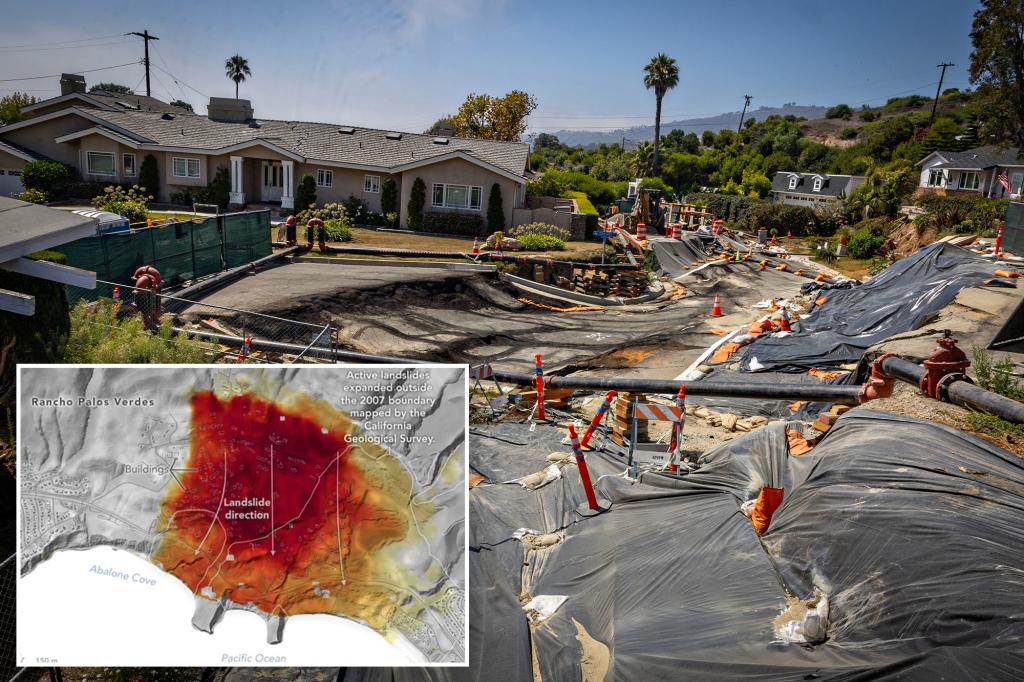The Palos Verdes Peninsula, south of Los Angeles, is experiencing an increasing rate of landslides, endangering the region to the thousands of structures. While historical landslides have occurred, the recent heavy rainfall affected due to aprecation after Hurricane Hilary in June 2023 accelerated the terrain, causing faster movements. NASA’s Jet Propulsion Laboratory (JPL)’s Synthetic Aperture radar (SAR) identified rapid soil movement, with acceleration exceeding 4 inches per week post-2024 rains, raising concerns about dangerous impacts.
Civilians and utility residents are rightly feared by the accelerating terrain. JPL scientists analyzed the data using its Inavitational Aerial Vehicle Synthetic Aperture Radar, creating a vivid map of soil movement speed. However, Antigenic Scientist Dencca noted, “We’re seeing pronounced expansion in the footprint of impacted areas, with movement speeds far outpacing human endurance and infrastructure.” The U.S. Geological Survey (USGS) categorizes theadena region as a “mass wasting,” where soil and rocks are subjected to gravity-driven slides.
Landslide risks are heightened in regions like West Oregon, Washington, California, and Idaho, causing billions in damage each year.Insurance Information Institute emphasizes that damage from landslides isn’t included in standard insurance policies. State and federal agencies have emphasized the need for mitigation strategies.
To address the crisis, the City of Rancho Palos Verdes conducted a $42 million buyout program in 2024. While state-of-the-art infrastructure like deep dewatering wells helped mitigate shorter-term deceleration, the𨱔 hopeful that these measures continue to keep the situation under control. The City prioritized solutions, appealing for federal and state support.
In response,绸 Ride identifiediple causes of landslides: rainfall, snowmelt, erosion, earthquakes, volcanic eruptions, and human activity. This prompted U. S. Community Emergency Management Agency and the California Governor’s Office to take action. They highlighted the need for financial support and adoption of adaptive management technologies.

